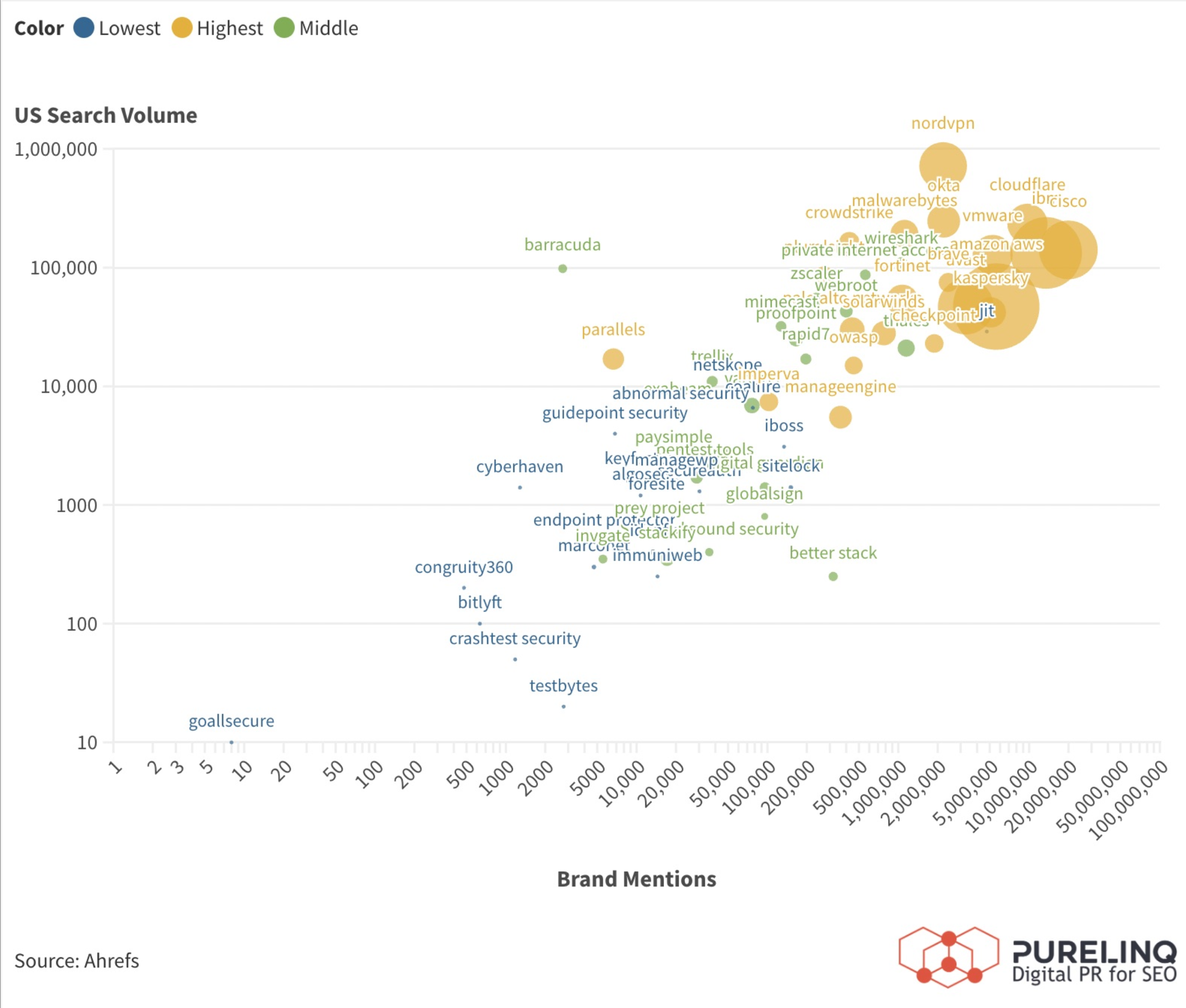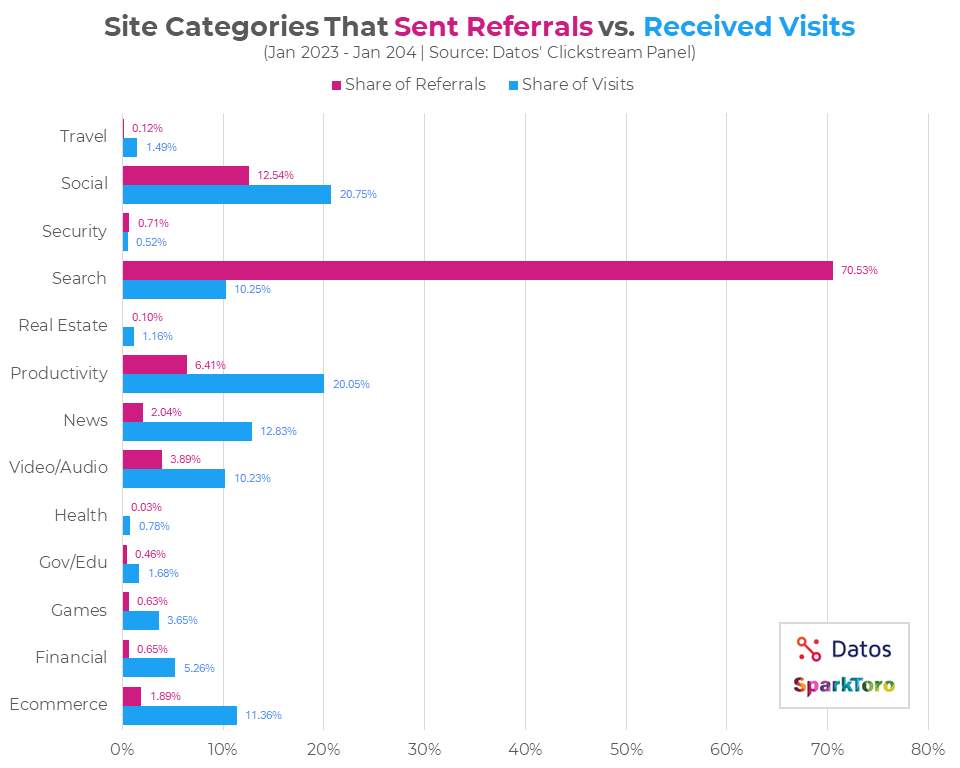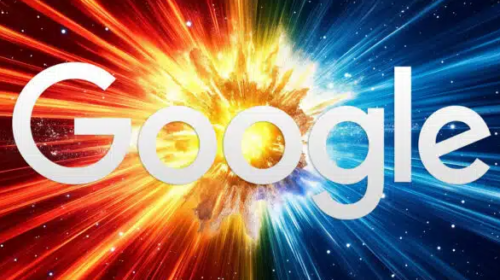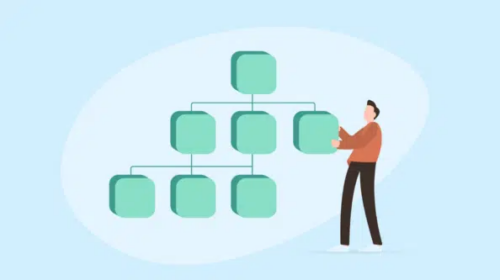How A Full-Funnel SEO & PR Strategy Can Drive Leads & Sales
Integrating digital PR & SEO with a full-funnel strategy both influences audience behavior and top-three rankings in search engines.
In my recent webinar with Search Engine Journal about how to earn links with digital PR, I didn’t have time to dive into the importance of the audience journey and a full-funnel strategy. This article is to remedy that.
Have you found that ranking in search engines is more difficult lately? Or maybe your link building isn’t driving the top 3 ranking it used to.
What does this mean?
This doesn’t seem to mean links don’t work, but that links and brand mentions in the context of the audience’s journey are factors that help to break into the top 3 positions of Google – and, I believe, eventually, how you’ll make it into SGE or other high-visibility areas of search.
A full-funnel PR and SEO strategy is a method for building links and brand mentions in the context of the audience’s journey online, creating an off-page user experience.
Here’s a quick snapshot of the key takeaways you’ll find throughout this article:
- Audience Journey Insight: Your audience interacts with diverse content across platforms long before they search, influencing their perception and decision-making.
- Case Study: Lectric eBikes showcased how aligning content with the customer journey and securing authoritative links and mentions can significantly boost SEO performance, brand trust, and, ultimately, sales.
- Strategy Blueprint: This guide offers a structured approach for businesses to navigate digital marketing complexities efficiently, guiding the audience from awareness to conversion.
- Integration of Digital PR and SEO: Combining digital PR and SEO creates a cohesive journey that guides the audience from awareness to decision-making, influencing audience behavior and search engine rankings.
- Digital PR for SEO: Digital PR links and brand mentions are in the context of the audience journey and are needed to rank in the top three positions in search.
Off-Page Audience Experience With The Brand Matters
Google recommends being helpful to the audience and demonstrating Experience, Expertise, Authority, and trust (E-E-A-T) in a category to rank highly.
Your audiences are constantly looking for a solution that solves their problem or creates an opportunity, and for trusted sources to guide them through the decision-making process.
They may become aware of this problem or the solutions long before they even reach the search engines.
The chart below illustrates the sites that receive the most visits vs. those that send
the most referral traffic.
This data indicates that search engines will drive the most traffic to sites, but any given audience spends a significant amount of time engaging on other platforms, digesting content about various topics.
Social and News sites get 20% and 12% of the shares of visits, respectively, while search engines drive over 70% of total traffic.
- If the audience is using several touchpoints to learn about a given product or solution, wouldn’t Google use these to determine which company is a helpful source and what its E-E-A-T is for those topics?
I had my digital PR data team at PureLinq gather data for sites that ranked in Google for a seed set of cybersecurity keywords.
We then identified all of the keywords that those sites ranked in the top three positions. From that, we gathered data about the count of brand mentions and brand search volume for each domain.
The chart below shows the number of brand mentions (x-axis), U.S. search volume for brand keywords (y-axis), and the count of keywords in the top three (bubble size). Larger bubbles mean a higher count of keywords ranked in the top three.
This data set is only for cybersecurity brands.
As brand mentions increase, the bubbles grow in size, showing that a larger number of brand mentions correlates with a higher count in the top three rankings.
Brand mentions seem to influence ranking. I know there are a large number of confounding variables in this analysis. However, the idea that Google can use thesemeasures to identify E-E-A-T is believable.






